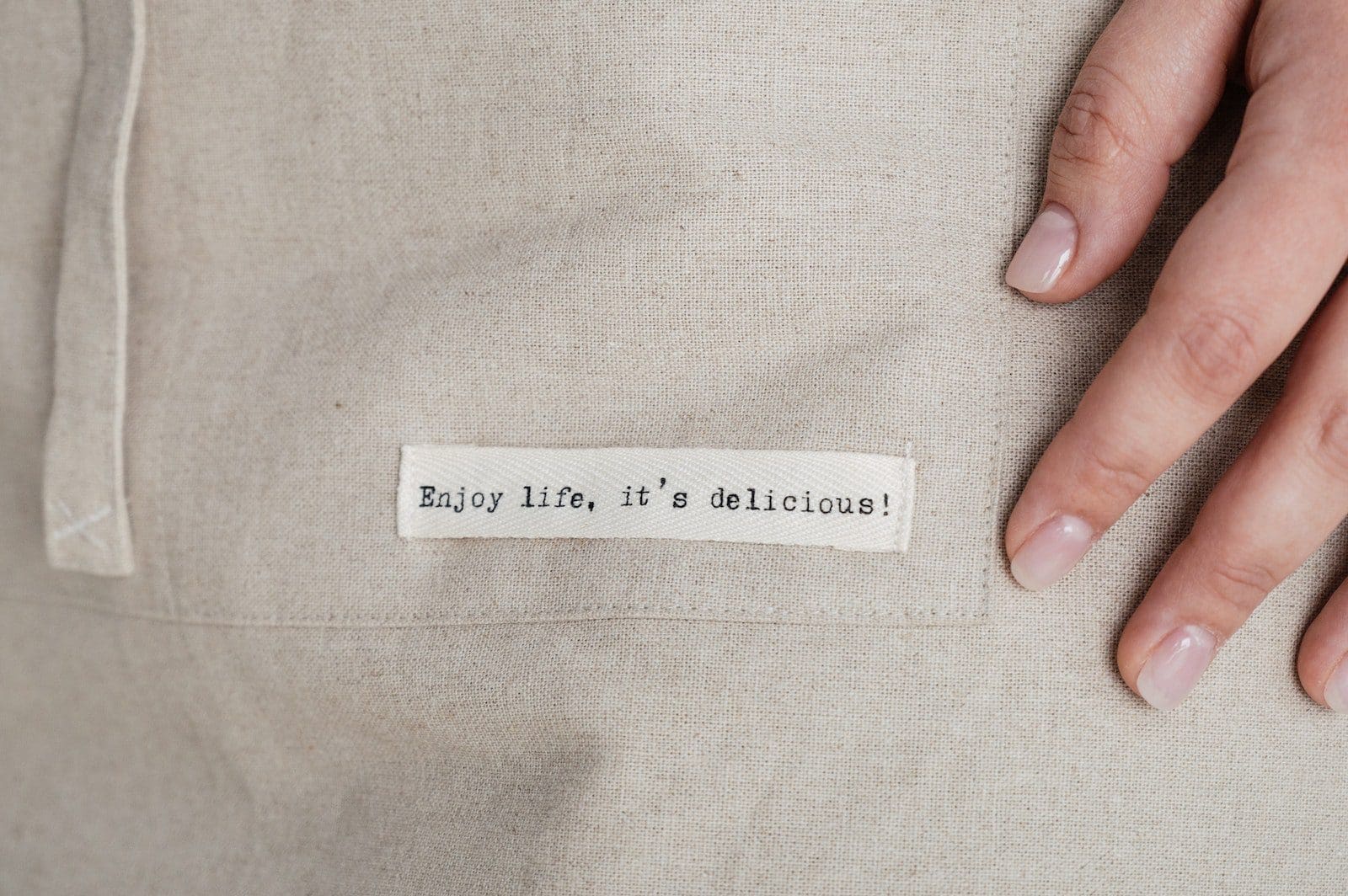“Its” is a possessive pronoun, denoting ownership or association with a noun, such as “The dog wagged its tail.” On the other hand, “it’s” is a contraction of “it is” or “it has,” exemplified by “It’s time to go” or “It’s been a long day.” The apostrophe signifies the omission of letters, distinguishing it from the possessive form.
Key Takeaways
- “It’s” is a contraction of “it is” or “it has” and is used to indicate a state or action.
- “Its” is a possessive pronoun, showing ownership or association with something.
- To choose the correct form, consider whether the intended meaning requires a contraction or a possessive pronoun.
Its vs It’s
The difference between the words it’s and its is the state of the words. It is a contraction of the words ‘it is, or it has’, which makes it a combination of a pronoun and a helping verb, hence a fragment. On the other hand, it is a possessive pronoun of the third-person singular pronoun.

Comparison Table
| Feature | Its | It’s |
|---|---|---|
| Function | Possessive pronoun | Contraction of “it is” or “it has” |
| Apostrophe | No apostrophe | Has an apostrophe (') |
| Example | The dog wagged its tail. (The tail belongs to the dog) | It’s a beautiful day. (Contraction of “it is”) |
| Sound | Identical to “its” | Identical to “eats” |
What is the Meaning of Its?
“Its” is a pronoun used to indicate possession or association. It signifies that something belongs to or is connected with the subject previously mentioned.
Characteristics of “Its”
- Possessive Pronoun:
- “Its” functions as a possessive pronoun, similar to “his,” “her,” or “their,” but specifically used for inanimate objects or animals.
- Example: “The tree shed its leaves in autumn.”
- No Apostrophe:
- Unlike the contraction “it’s” (short for “it is” or “it has”), “its” does not include an apostrophe.
- The absence of an apostrophe distinguishes it as a possessive pronoun rather than a contraction.
- Example: “The cat groomed its fur.”
- Indicates Ownership or Association:
- “Its” denotes ownership or a connection between an object and its characteristic or attribute.
- Example: “The car lost its tire on the highway.”
- Used with Inanimate Objects and Animals:
- While “his” and “her” are used for humans and “their” is used for plural nouns, “its” is specifically applied to objects, animals, and sometimes abstract concepts.
- Example: “The building reached its highest point.”
What is the Meaning of It’s?
“It’s” is a contraction of either “it is” or “it has.” It combines the pronoun “it” with either the verb “is” or “has,” resulting in a shortened form commonly used in informal or casual writing.
Characteristics of “It’s”
- Contraction:
- “It’s” is a contraction, formed by combining the pronoun “it” with either the verb “is” or “has.”
- The apostrophe replaces the omitted letter(s) from the original words.
- Example: “It’s raining outside,” where “It’s” stands for “It is.”
- Indicates Verb Conjugation:
- When “it’s” is used, it signifies a specific action or state attributed to the subject “it.”
- Example: “It’s been a long day,” where “It’s” stands for “It has.”
- Used in Informal Language:
- “It’s” is commonly used in casual or conversational language, both spoken and written.
- It is less formal than using the complete forms “it is” or “it has.”
- Example: “It’s time to go,” where “It’s” stands for “It is.”
- Differentiation from “Its”:
- The presence of an apostrophe in “it’s” distinguishes it from the possessive pronoun “its.”
- While “it’s” indicates a contraction of “it is” or “it has,” “its” signifies possession or association.
- Example: “It’s raining outside” (contraction of “it is”) versus “The dog wagged its tail” (possessive form).

Main Differences Between It and It’s
- Possession vs. Contraction:
- “Its” indicates possession or association, showing that something belongs to or is connected with the subject.
- “It’s” is a contraction of “it is” or “it has,” representing a shortened form used to express a specific action or state.
- Apostrophe Usage:
- “Its” does not contain an apostrophe, distinguishing it as a possessive pronoun.
- “It’s” includes an apostrophe, replacing omitted letters from the original words “it is” or “it has.”
- Usage with Inanimate Objects/Animals vs. Verb Conjugation:
- “Its” is used with inanimate objects or animals to denote ownership or association.
- “It’s” indicates verb conjugation, representing an action or state attributed to the subject “it.”
- Formality:
- “Its” is more formal and used in contexts requiring clarity and precision regarding possession.
- “It’s” is commonly employed in informal or conversational language, offering a more relaxed tone.

Interesting information about the proper use of ‘it’s’ and ‘its’!
Absolutely! The explanation about the apostrophe usage is very enlightening.
The article provides a succinct and clear explanation of ‘it’s’ and ‘its’. I found it very informative.
Me too! It certainly adds an insightful perspective on grammar.
I found the distinction between ‘its’ and ‘it’s’ to be very elucidating. The article provides a meticulous explanation.
Agreed. The thoroughness of the explanation is commendable.
I appreciate the in-depth analysis of the correct usage of ‘it’s’ and ‘its’. Very enlightening.
The content is indeed beneficial. It’s important to understand these principles.
The article makes understanding the differences between ‘its’ and ‘it’s’ much easier. It’s an excellent guide for clarity in writing.
Absolutely. Clear communication through proper grammar is essential.
Absolutely. The article provides important insights for effective writing.
The article is very thorough in explaining ‘its’ and ‘it’s’. I appreciate the clear examples provided.
Indeed, the detailed breakdown of the differences between ‘its’ and ‘it’s’ is commendable.
Absolutely, the article is a great resource for anyone looking to understand these grammar concepts.
The grammatical insights are truly valuable. Understanding how ‘its’ and ‘it’s’ work is important for proper writing.
Absolutely, these grammatical points are overlooked but are fundamental to effective writing.
Indeed, it’s crucial for clear communication in written language.
The examples of correct usage provided in the article are very helpful. It’s a great guide for language learners.
I agree. The clear distinction between ‘its’ and ‘it’s’ is incredibly valuable for language students.
Definitely! These grammar concepts are confusing, so this article is very helpful.
This article has cleared up any doubts I had about how to properly use ‘it’s’ and ‘its’.
I agree, the examples provided really help to understand the differences.
The content is presented in a very comprehensive and understandable manner. It’s a great reference for grammar enthusiasts.
Definitely. It provides a clear and concise explanation of ‘its’ and ‘it’s’.
Absolutely. The article is a valuable resource for anyone looking to enhance their understanding of grammar.